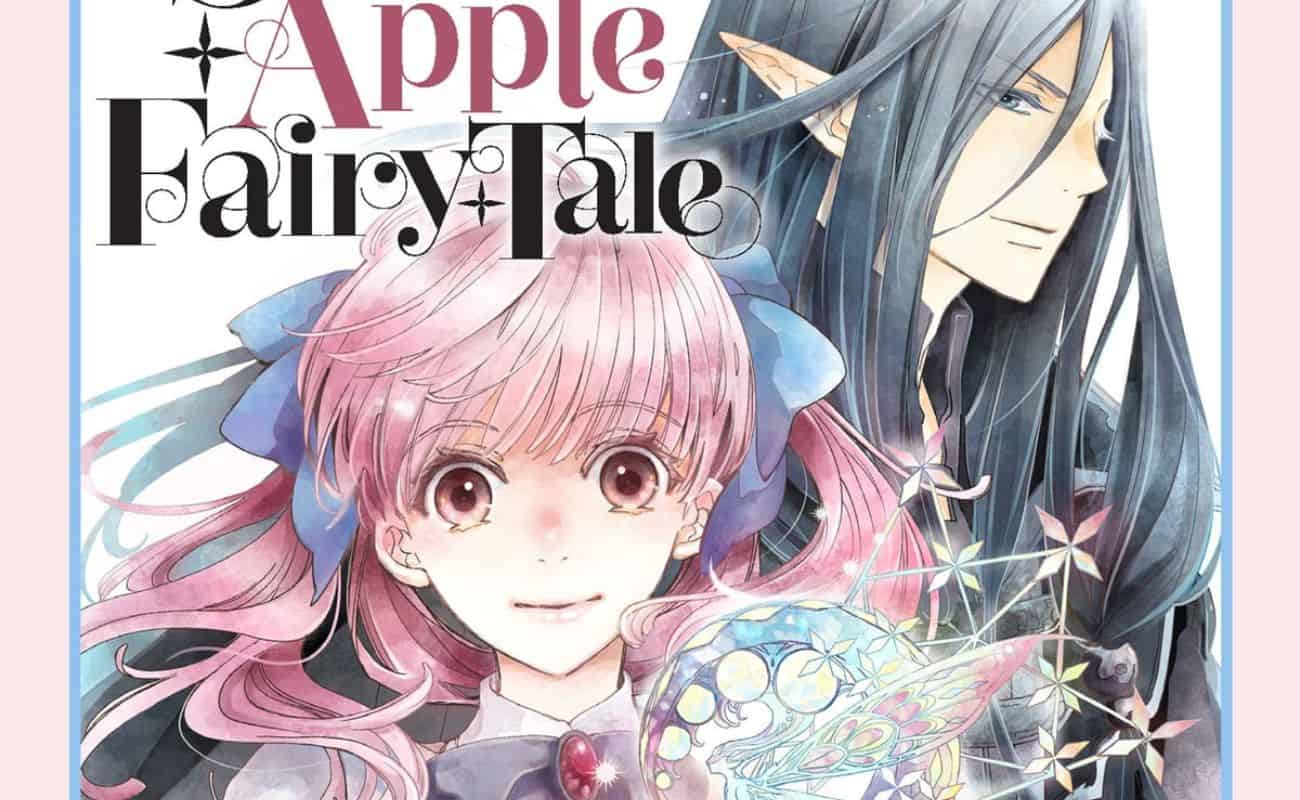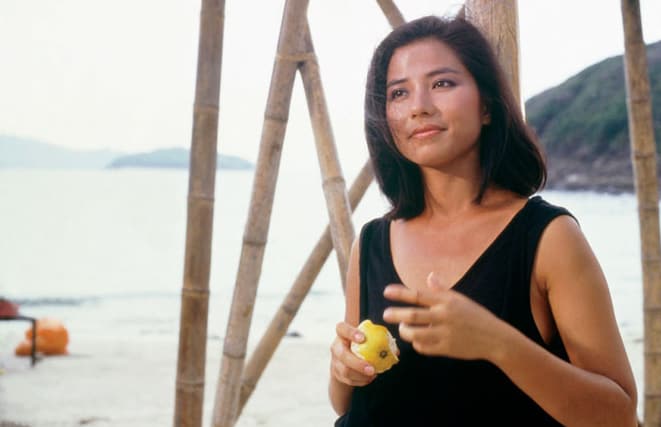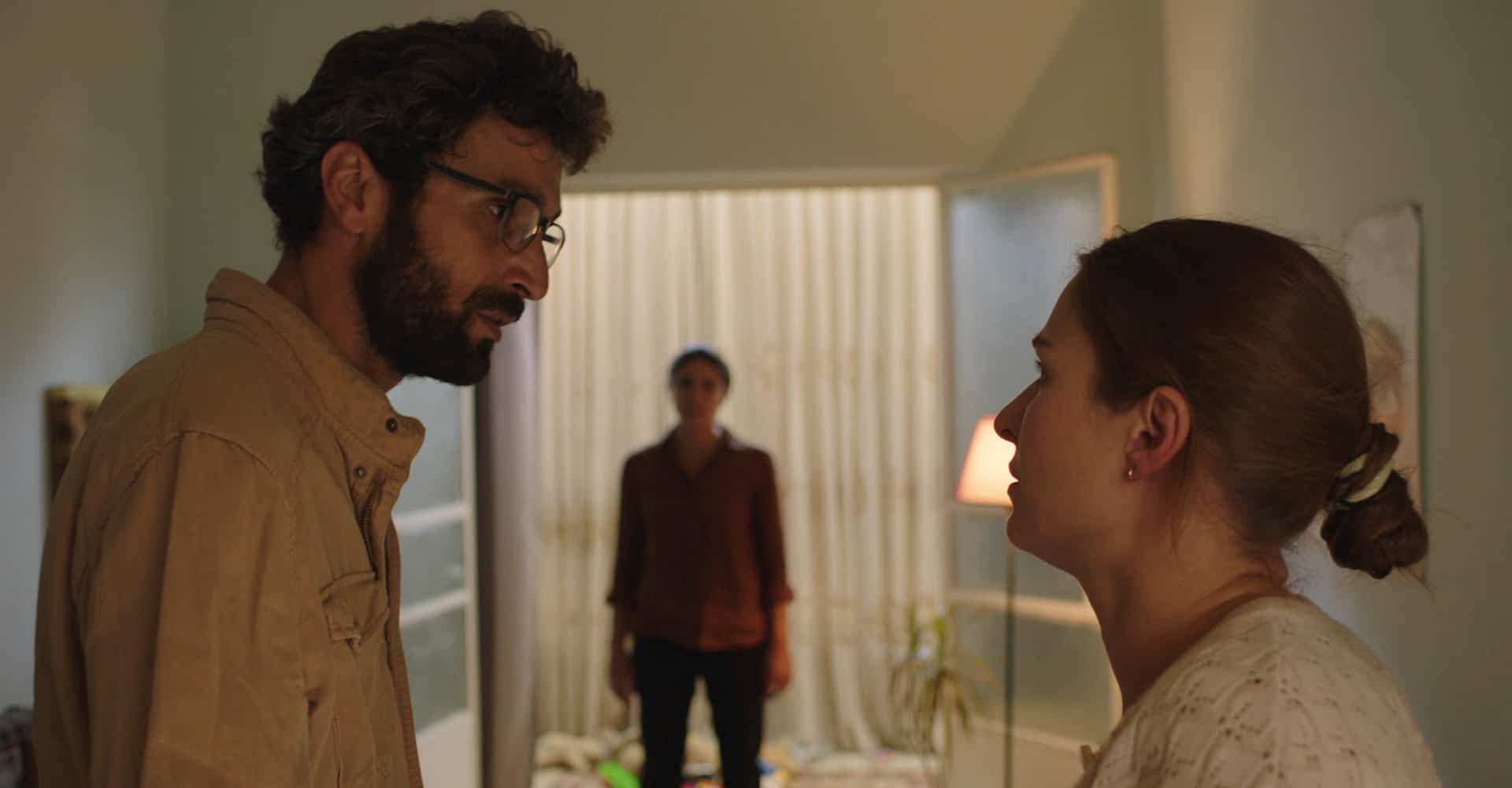“Told you sparrows bring bad luck.”
Every director has a passion project of his or her own. Although every project is one they had always been planning to do or were interested in doing, the difference to other project, sometimes is quite huge, which, of course, is not necessarily a positive aspect. Directors like Stanley Kubrick or Terry Gilliam have worked on their individual projects for many years, sometimes with no conclusion in sight, as in the case of the former and his “Napoleon” project.
In the case of Chinese director Johnnie To, “Sparrow” (2008) definitely qualifies as a passion project in the body of the work of the director. For a director and producer, who sometimes released three to four different films per year in his career, “Sparrow” is quite the oddity. Shooting took place over a period of three years during which he released many famous entries of his body of work, such as “Exiled” (2006) and “Mad Detective” (2007). With huge breaks within the production, the project not only explores the usual themes of To's previous work, but also many deviations, such as the complete lack of firearms in the film.
Buy This Title
Kei (Simon Yam) leads a carefree life in Hong Kong. With his band of pickpockets – Bo (Ka Tung Lam), Sak (Wing-Cheung Law) and Mac (Moon-Yuen Cheung) – he has made a living stealing the wallets and jewelry of unsuspecting pedestrians. However, trouble finds its way into his routine when he runs into Chung Lei (Kelly Lin), who also has encounters with the rest of his crew.
As each member of his crew is attacked and injured by what seems to be Chung Lei's bodyguards, the four men finally confront the young woman. But as they hear her story, the crew eventually offers their help without knowing they have just made a dangerous enemy.
Comparing “Sparrow” to Hitchkock's “To Catch a Thief” might be one of the most suitable ways of approaching the film. Without directly copying from the “master of suspense”, the script written by Kin Chung Chan and Chi Keung Fung sets up the character of Kei in a way very reminiscent of Cary Grant, as also reviewer Ignantiy Vishnevetsky points out. All in all, the sense of ease, the gentleman-like attitude towards life and his dubious profession, the charm and the smoothness are all trademarks of Kei and his team.

Considering the film's title, the opening scene introduces its viewer directly to the world of this character. Mindful of the connotations of the term “sparrow”, which is also a slang term for a talented pickpocket, one sparrow flies into Kei's apartment and refuses to leave, even as he sets it free again. The event associated with bad luck and misfortune by his team seems to be the symbolic catalyst for the events to come, as well as displaying in a metaphoric way the suave and cheeky nature of the pickpockets in this film.
Despite these images, Kei's team shares similarities with other bands of thieves, robbers or other criminals in Johnnie To's cinematic universe. Much like the characters in “Election” or “The Mission”, brotherhood and hierarchy are quickly established when Kei reminds Bo of his lacking skills as a leader. While one might argue the script never delves deep into these issues, the paradoxical moral compass of thieves, who have no trouble stealing from others, but who come to help a “damsel in distress”, is perhaps a sign of the general artificiality of the narrative, another trademark of Johnnie To.

On a more positive note, these observations are by no mean criticisms of the film itself. To's films have always shared the same slightly artificial, sometimes even cold, tone of the works by Jean-Pierre Melville. In the case of “Sparrow”, as some reviewers and interviewers have pointed out, To and the writers also throw in the occasional slapstick comedy and even bits and pieces of musicals. Especially the finale of the film seems to be a strong reference to Jacques Demy's “The Umbrellas of Cherbourg”. At the same time, the way this, and many other scenes, are edited and photographed come close to the artistic bullet ballets of John Woo (without the guns, of course).
On a technical level, “Sparrow” is just as smooth and cheeky as the central characters. Visually, the various fragments of Hong Kong's street life, captured by cinematographer Siu-Keung Cheng, are quite artistic and add a lot of local color to the narrative. At the same time, as with many features by this director, the visuals support the sense of the urban sphere as the natural habitat of these characters, the place they feel most at home in. Lastly,,the music by Fred Avril and Xavier Jamaux adds its fair share to the film, balancing the mood between the light drama, the silliness of some episodes and the romantic scenes.
“Sparrow” is perhaps Johnnie To's lightest feature, a blend of caper and romantic comedy. With the director's usual themes of brotherhood and loyalty, a good cast and a playful score, “Sparrow” will likely provide decent entertainment for those willing to see a different side to the director of “Fulltime Killer” and “Election”.
Sources:
1) http://www.hkcinemagic.com/en/movie.asp?id=7944, last accessed on: 08/04/2018
2) Vishnevetsky, Ignatiy (2017) It takes a master to make a crime movie without guns
https://film.avclub.com/it-takes-a-master-to-make-a-crime-movie-without-guns-1798264561, last accessed on: 08/04/2018
3) https://www.hollywoodreporter.com/news/dialogue-johnnie-104590, last accessed on: 08/04/2018
















